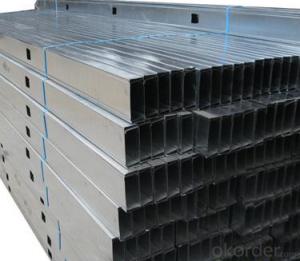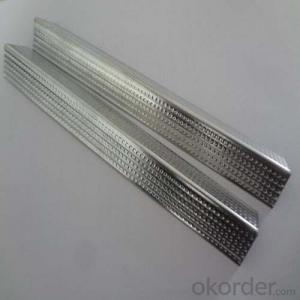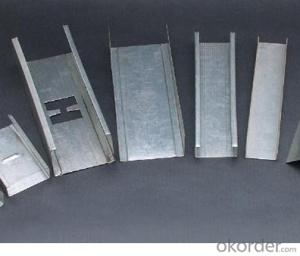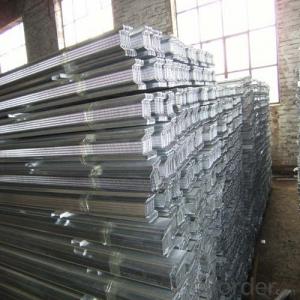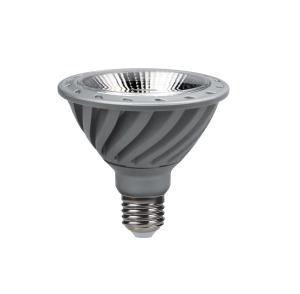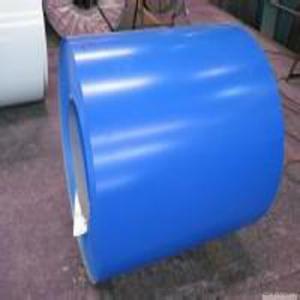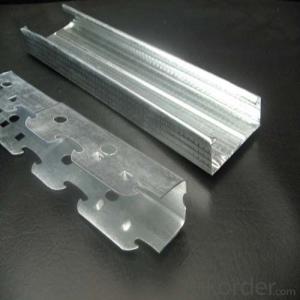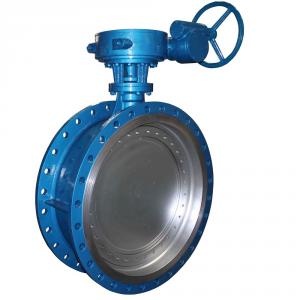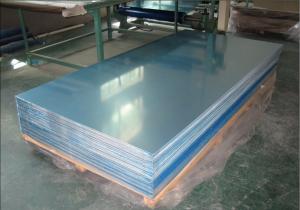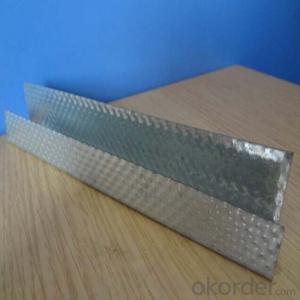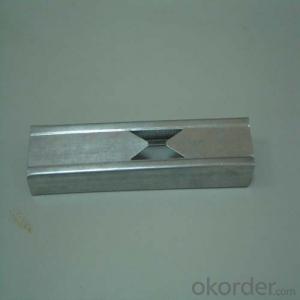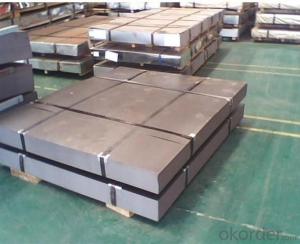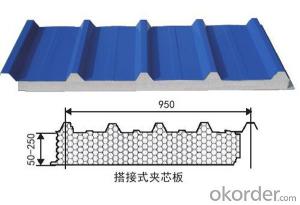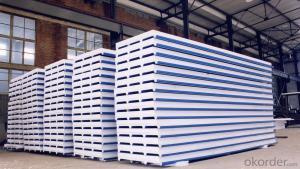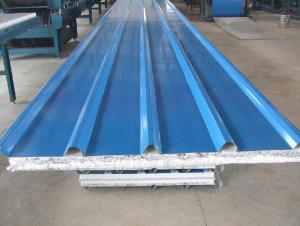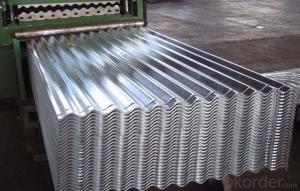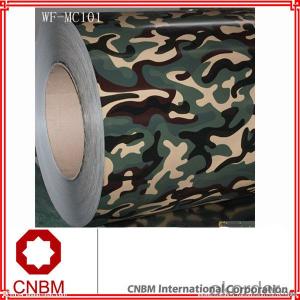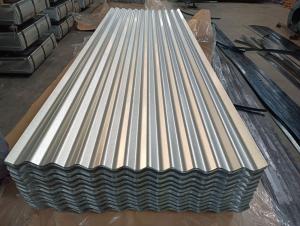30 Gauge Sheet Metal
30 Gauge Sheet Metal Related Searches
Cut Off Wheels For Metal Grinding Wheels For Metal Track Lighting For Walls Track Lighting With Plug Metal Stainless Steel Stainless Steel Nose Stud Industrial Led Track Lighting 24 Gauge Galvanized Sheet Metal 28 Gauge Galvanized Sheet Metal 4X8 Galvanized Sheet MetalHot Searches
Used Metal Folding Chairs For Sale Large Metal Containers For Sale Metal Shop Cabinets For Sale Metal Shipping Crates For Sale Galvanized Steel Scrap Price Fiber Sheet Price In India Galvanized Steel Prices Plastic Fiber Sheet Price Upvc Roofing Sheet Manufacturer In India China Geomembrane Roll Sheet Lasani Wood Sheet Price Rhino Roofing Sheet Price List Tinplate Sheet Price Mdf Price Per Sheet 4Mm Mdf Sheet 1220X2440Mm Price Grp Sheet Price Aluminum Sheet Stock Sizes Cost Of 4X8 Sheet Of Plywood Cost Of Drywall Per Sheet Buy Sheet Plastic30 Gauge Sheet Metal Supplier & Manufacturer from China
Okorder.com is a professional 30 Gauge Sheet Metal supplier & manufacturer, offers integrated one-stop services including real-time quoting and online cargo tracking. We are funded by CNBM Group, a Fortune 500 enterprise and the largest 30 Gauge Sheet Metal firm in China.Hot Products
FAQ
- The defense industry commonly utilizes steel sheets, as they are a versatile and strong material. For many years, steel has been employed in various defense applications. Armored vehicles, tanks, naval ships, and aircraft carriers are all manufactured using steel sheets. These sheets offer exceptional protection against ballistic threats like bullets and shrapnel, owing to their durability and high strength. Moreover, steel sheets can reinforce buildings and structures in military bases, enhancing security and protection. In addition, defense equipment, including weapons, ammunition, and missile components, are produced using steel sheets. Overall, steel sheets are crucial in the defense industry, as they provide reliability and resistance against high impact forces.
- Is galvanized iron sheet the same as galvanized steel sheet? solve
- Galvanized sheet iron and galvanized steel sheet is a kind of thing. Galvanized iron sheet is commonly used as galvanized steel sheet. It is not a strict scientific name.
- Steel sheets have gained a reputation for their exceptional capacity to manage vibrations, primarily due to their high stiffness and strength. When exposed to vibrations, steel sheets have a tendency to absorb and diminish the energy of the vibration, thereby minimizing the transmission of these vibrations to other components of a structure or system. The inherent characteristics of steel, namely its high modulus of elasticity and limited damping capacity, play a significant role in its effectiveness in handling vibrations. The elevated modulus of elasticity allows steel sheets to resist deformation when subjected to external forces, thereby ensuring the maintenance of their structural integrity and stability during vibrations. Furthermore, the low damping capacity of steel allows it to efficiently dissipate the energy of the vibration, effectively preventing excessive oscillations or resonance. Steel sheets find widespread use in numerous applications that require resistance to vibrations, including industrial machinery, automotive components, and building structures. Their durability and dependable ability to handle vibrations make them a preferred choice in such scenarios. However, it should be noted that the specific performance of steel sheets in managing vibrations may vary depending on factors such as the thickness of the sheets, material composition, and design considerations.
- When considering materials for use in various applications, steel sheets stand out as a superior choice when compared to alternatives like aluminum or stainless steel. One of their primary advantages lies in their immense strength and durability, surpassing both aluminum and stainless steel sheets. This makes them highly desirable for applications that necessitate robustness and resistance to wear and tear. Furthermore, steel sheets offer a significant cost advantage over stainless steel sheets. The production and acquisition costs associated with steel are generally lower, rendering it a more economically viable option for numerous industries. Additionally, the recyclability of steel sheets further contributes to their affordability and reduced environmental impact. On the other hand, aluminum sheets possess a distinct advantage in terms of weight. They are notably lighter than steel sheets, making them particularly beneficial in applications where weight is a concern, such as in the aerospace sector. Moreover, aluminum exhibits a natural resistance to corrosion, making it an excellent choice for outdoor applications or environments with high humidity levels. In contrast, stainless steel sheets excel in their resistance to corrosion and staining. This makes them a perfect fit for applications where hygiene and aesthetics hold paramount importance, such as in the food and medical industries. Furthermore, stainless steel sheets display exceptional heat resistance properties, rendering them suitable for high-temperature applications. In conclusion, steel sheets offer unmatched strength and durability when compared to aluminum or stainless steel sheets, all while maintaining a more cost-effective profile. However, it is important to acknowledge that both aluminum and stainless steel sheets possess unique properties that make them well-suited for specific applications. Ultimately, the selection between these materials hinges upon the specific requirements and limitations imposed by the project or industry at hand.
- How can the offset film affixed to the cold-rolled steel sheet be removed?
- Hand cream can also be achieved to remove the effect of self-adhesive, hand cream contains a lot of water (generally more than 70%), water contains a certain amount of surfactant. Surfactant has good wetting, permeating and dissolving ability. It can quickly penetrate between the adhesive and the surface of the object, so as to achieve the goal of cleaning. You can also find some similar products, such as creams, facial cleanser and detergent.


